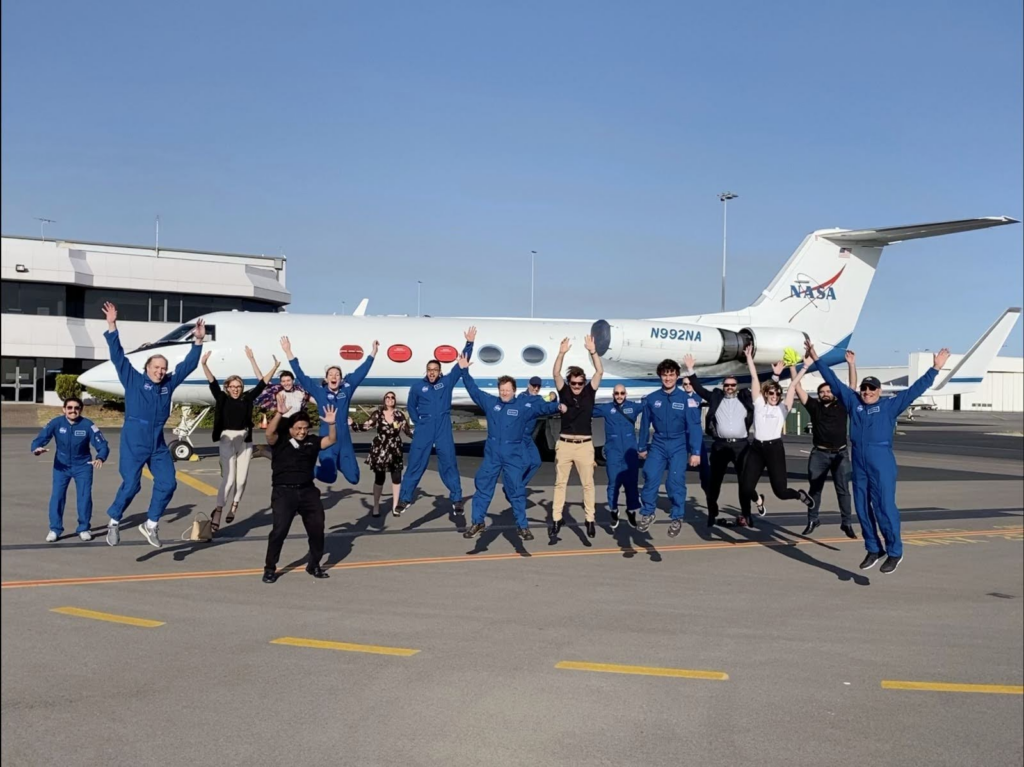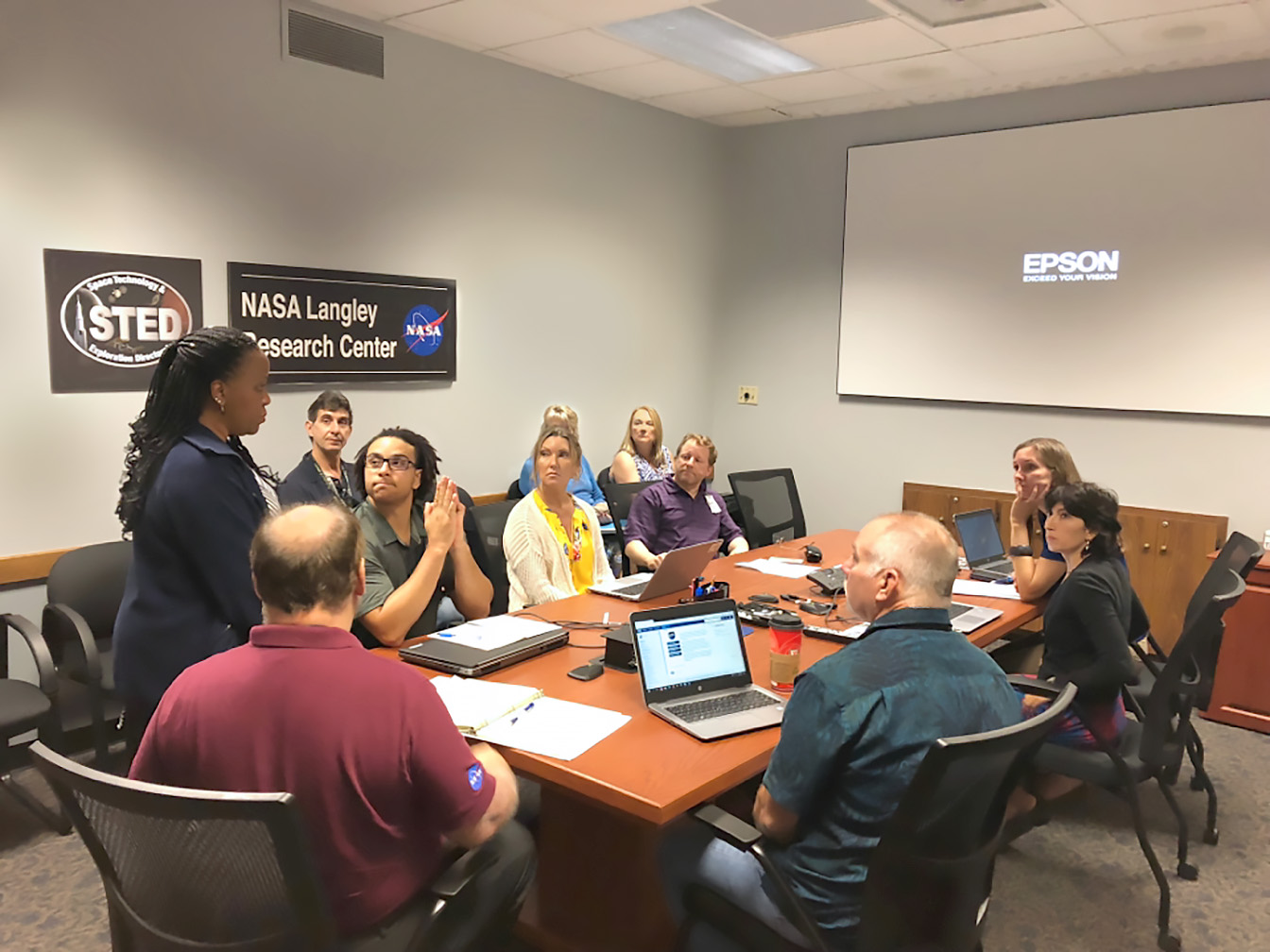Mission planning plays a significant part in SCIFLI’s operation, beginning several months prior to each observation. Viewing conditions, especially during reentry missions, can be extremely challenging as both the target and imaging aircraft move at high speeds and are several miles apart. The team has compared acquiring a target at horizon break to searching the sky with a soda straw because of the high magnification of the optical systems. To make circumstances even more difficult, SCIFLI only has one chance to collect data each mission. Mission planning combats these challenges, ensuring that the team knows exactly when and where to point SCIFLI’s imaging equipment.
SCIFLI drafts a unique plan for every mission. Each carefully balances the customer’s imaging requests with limitations imposed by physics, budget, weather, and sometimes even international politics. The plan outlines a detailed timeline of events for SCIFLI teams and assets, as well as careful considerations of risks, possible problems, and contingency plans. From a family of trajectories provided by the customer, SCIFLI can model the mission before it happens in a three-dimensional virtual environment. Two primary pieces of software are used for this purpose: ViDI, or Virtual Diagnostics Interface, and Systems Tool Kit (STK).
Mission planning can have a significant impact on the location and configuration of optical equipment. For example, after calculating the expected surface temperature of the target, SCIFLI will focus on the wavelength with the most expected photons. Based on weather predictions, the team can also use longer infrared wavelengths to account for haze and translucent clouds that would degrade the quality of visual imagery.
Depending on the demands of the mission, and especially when working with aircraft other than the WB-57, SCIFLI may take on a variety of extra logistical challenges. This could include coordinating with the US State Department, Federal Aviation Administration, and Department of Defence to account for flight clearances, airspace requirements, access to special use airspace, and aircraft staging requirements. The team also keeps a close eye on the mission as it progresses, tracking detailed weather predictions and historical trends, as well as folowing the state of the vehicle flight readiness. During the mission, SCIFLI can provide communications support to the flight vehicle and track the location of the flight as the mission progresses. SCIFLI worked through particularly difficult challenges to mission preparation during the Hayabusa 2 mission that landed in Australia in 2020. It required the team to simultaneously navigate international politics and work around the global pandemic.

The SCIFLI team has found that the key to successful operations lies in fully understanding nominal flight conditions, the various off-nominal (abnormal) conditions, and maintaining a consistent level of heightened situational awareness prior to and during test flight operations. SCIFLI accomplishes this by practicing in mission simulations, or sims, with other members of the flight team and mission control. These sims help the team to understand the sequence of events, the timing, and the way anomalies are handled from a mission control perspective prior to the real observation. In this way, the SCIFLI team can anticipate changes and switch to alternate, pre-defined plans easily, or modify operations to suit the unanticipated as quickly as possible. This is all designed to be done with the least amount of intrusiveness to the flight control team, who will invariably be experiencing their own intensive workload.

